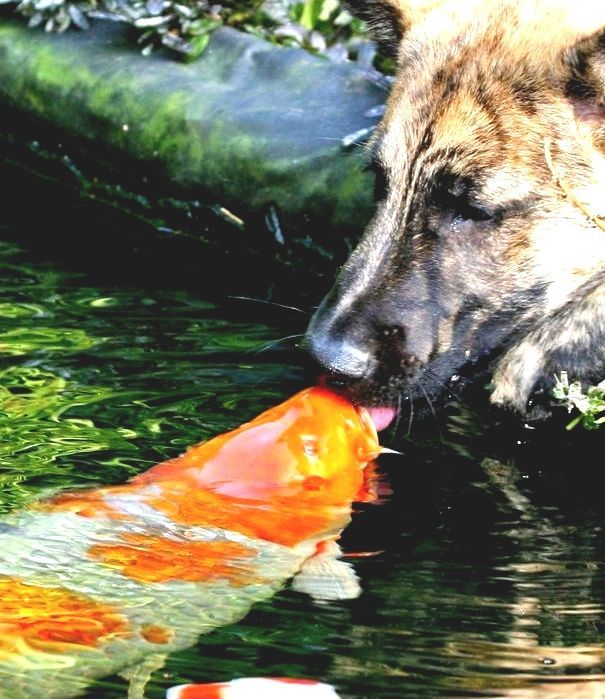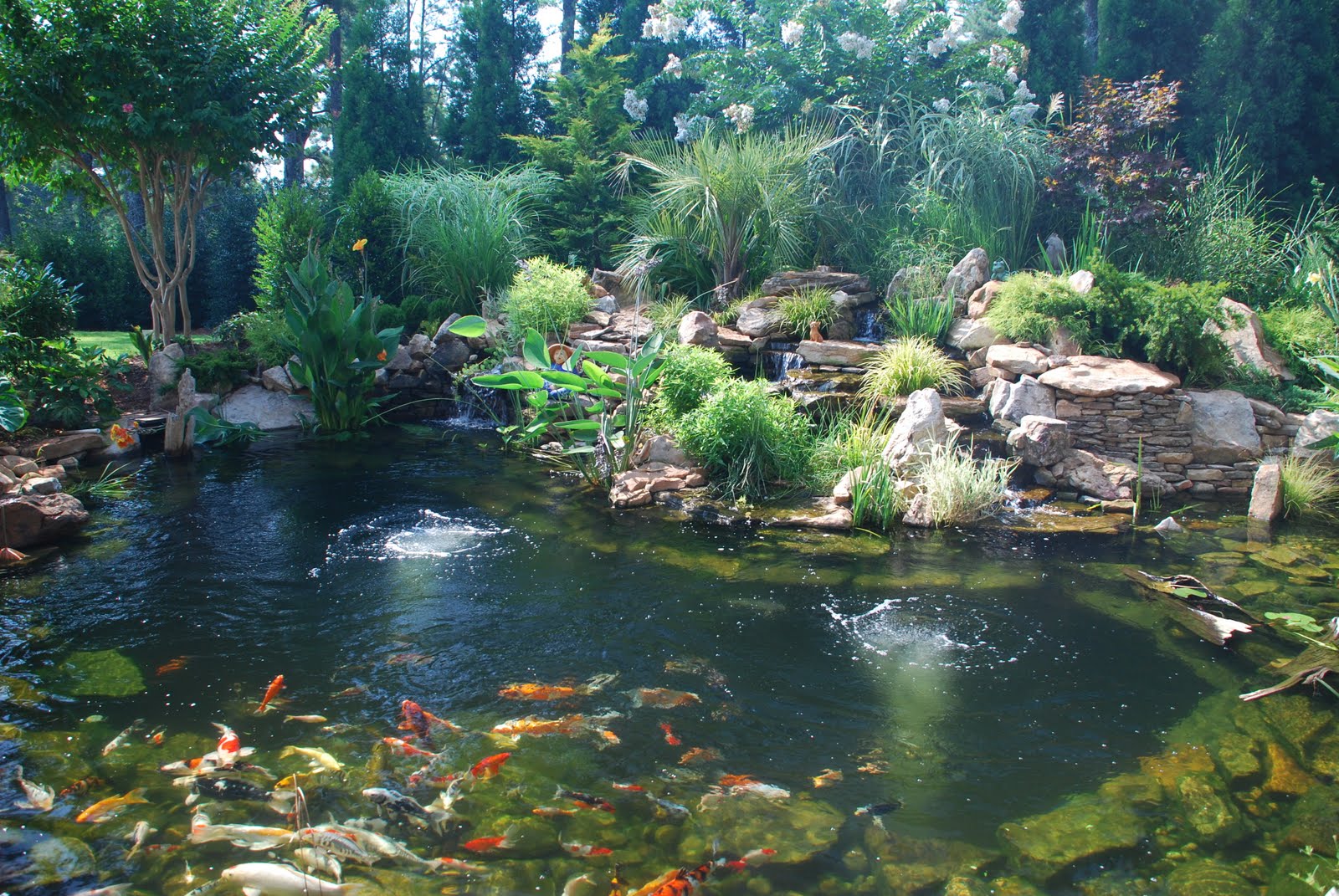
Koi Pond at the University of Saskatchewan: A Complete Guide to Designing and Maintaining Your Own
Introduction
Koi ponds are a beautiful addition to any outdoor living space. These water features not only enhance the aesthetics of your yard, but they can also provide a relaxing atmosphere and help reduce stress levels. The University of Saskatchewan is home to a stunning koi pond that serves as a peaceful oasis for students, staff, and visitors. In this article, we will explore the key components of designing and maintaining your own koi pond modeled after the University of Saskatchewan’s koi pond. Whether you are a novice or an experienced koi pond keeper, this guide will provide you with everything you need to know to create a beautiful and healthy water feature.
Designing Your Koi Pond
When designing your own koi pond, there are several key factors to consider. These include the size and shape of your pond, the depth and volume of the water, the filtration system, and the plant and fish species you wish to include.
Size and Shape
The size and shape of your koi pond will depend on your available space and personal preferences. The University of Saskatchewan’s koi pond is approximately 40 feet long, 20 feet wide, and 4 feet deep. It has a kidney shape, which allows for a variety of viewing angles and adds visual interest to the pond. When selecting a location for your koi pond, consider how it will be integrated into your existing landscape and how it will be viewed from different angles.
Depth and Volume
The depth and volume of your koi pond are crucial factors in ensuring a healthy environment for your fish. Koi need plenty of space to swim, and a deep pond will also help regulate the water temperature. The University of Saskatchewan’s koi pond has a depth of 4 feet and a volume of approximately 25,000 gallons. When calculating the volume of your pond, remember to account for plants and any additional features such as waterfalls or streams.
Filtration System
A filtration system is essential to maintain the water quality in your koi pond. The University of Saskatchewan’s koi pond uses a combination of biological and mechanical filtration systems. The biological system uses bacteria to break down waste and convert it into less harmful compounds, while the mechanical system removes debris and particles from the water. When choosing a filtration system, consider the size of your pond and the volume of fish and plants you have in it.
Plant and Fish Species
The plant and fish species you choose for your koi pond will depend on your personal preferences and the climate in which you live. The University of Saskatchewan’s koi pond includes a variety of plants such as water lettuce, water hyacinth, and lilies. These plants help to oxygenate the water and provide shade for the fish. The pond also houses a variety of fish species, including koi, goldfish, and carp. When selecting fish for your pond, consider their adult size and compatibility with other species.
Maintaining Your Koi Pond
Proper maintenance is essential to keep your koi pond healthy and beautiful. The University of Saskatchewan’s koi pond requires regular cleaning, feeding, and monitoring of water quality.
Cleaning
It is important to clean your koi pond regularly to remove debris and maintain water quality. The University of Saskatchewan’s koi pond is cleaned twice a year, in the spring and fall. During these cleanings, the pond is drained, and any debris or sludge is removed. The filter media is also cleaned or replaced as needed. Between cleanings, it is important to remove any fallen leaves or debris from the surface of the water.
Feeding
Koi should be fed a high-quality diet that is appropriate for their size and nutritional needs. The University of Saskatchewan’s koi pond is fed twice a day, once in the morning and once in the evening. During the winter months, when the fish are dormant, feeding is reduced or stopped altogether. It is important not to overfeed your koi, as this can lead to poor water quality and health issues.
Water Quality
Monitoring water quality is crucial to the health of your koi pond. The University of Saskatchewan’s koi pond uses a test kit to monitor ammonia, nitrite, and pH levels in the water. It is important to test the water regularly and make adjustments as needed. In addition, it is important to keep up with routine maintenance such as filter cleaning and water changes.
Conclusion
A koi pond can be a beautiful and relaxing addition to your outdoor living space. The University of Saskatchewan’s koi pond is a stunning example of a well-designed and maintained water feature. By following the tips outlined in this article, you can create a koi pond modeled after the University of Saskatchewan’s that will provide years of beauty and enjoyment. Happy pondkeeping!







